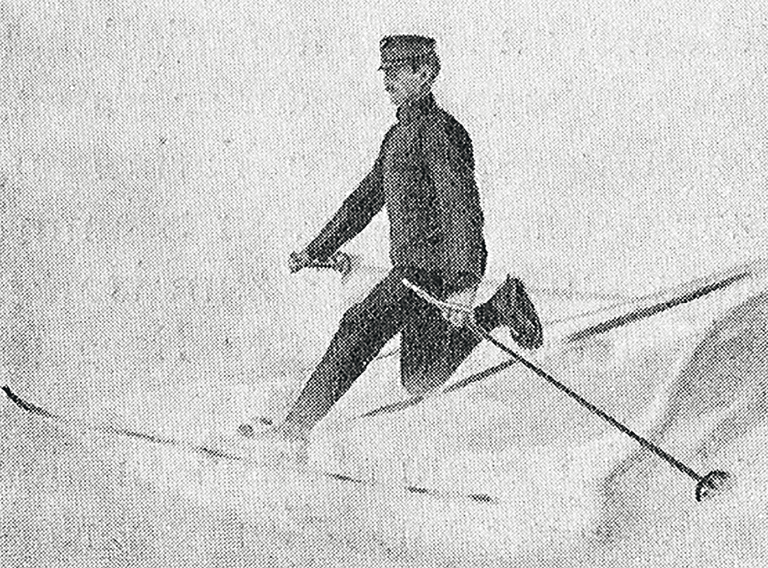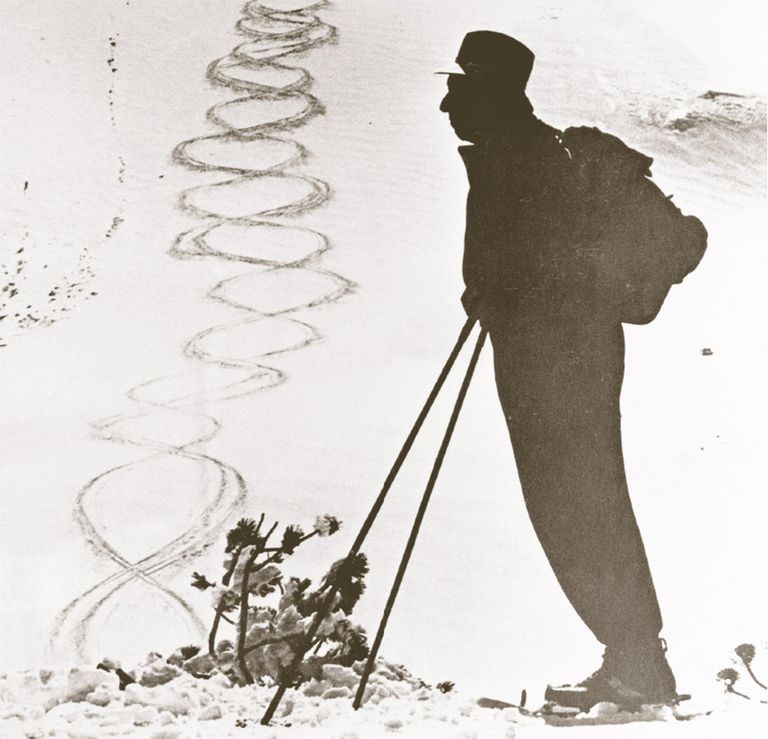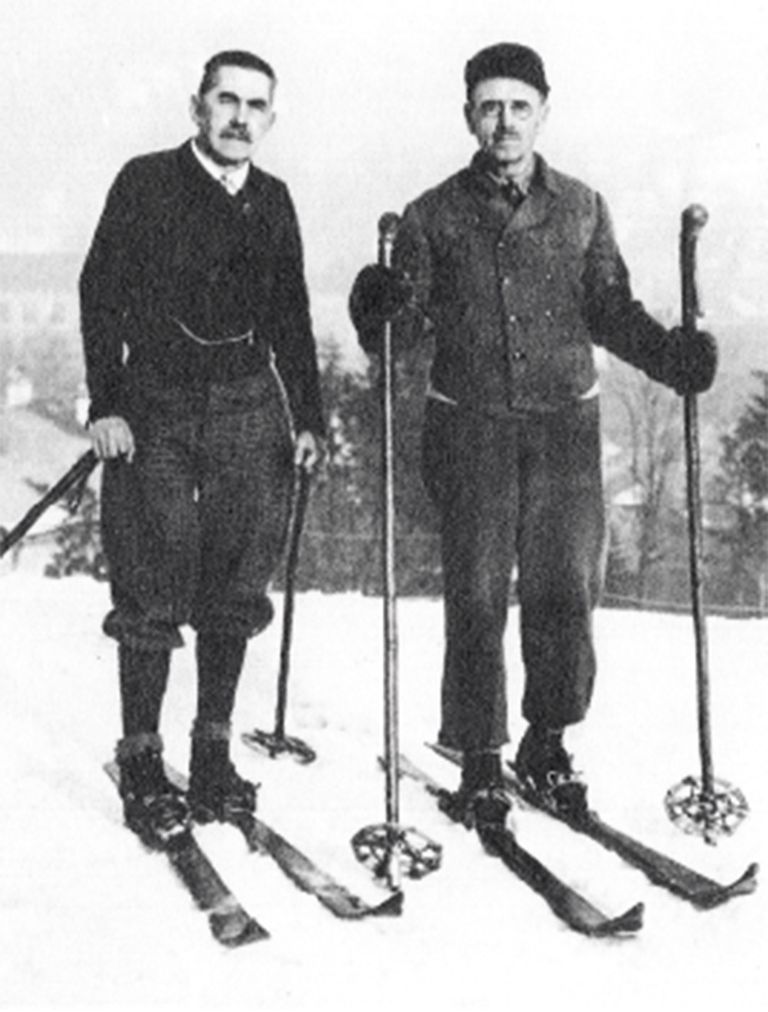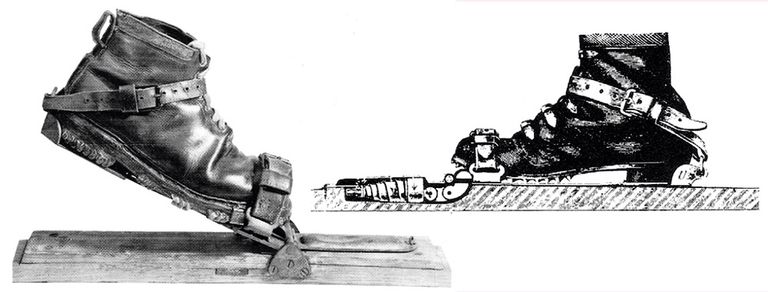History
The history of Austrian skiing is a cultural and economic history.
No other sport in Austria has contributed so much to the economic boom as alpine skiing. Ski instructors, the white Ambassadors of Austria, have always actively promoted and advertised the culture and beauty of the Austrian mountains worldwide.
Austrian ski history is dominated by, amongst others, skiing pioneers such as Max Kleinoscheg, Franz Reisch, Mathias Zdarsky, Colonel Bilgeri, Hannes Schneider, Toni Seelos, Prof. Stefan Kruckenhauser and Prof. Franz Hoppichler. It is thanks to our ski pioneers that since the early days of alpine skiing in Austria a standardised ski instructing plan has developed.
The ski school method has undergone far-reaching changes due to developments in skiing in recent years. Skiing has become snowsport. Snowboarding, cross-country skiing, telemark skiing, ski touring or new trend sports, stand next to alpine skiing as important parts of in the overall diversity supplied by the Austrian ski schools.
The road from skisport to snowsport is reflected in the snowsport instructor training. Training involves multiple sports, this means snowsport instructors are fully trained in a variety of snow sports equipment and are able to provide the ski school guest with a memorable winter experience. The Austrian ski instruction method incorporates important dynamics as much today as in the past, thus ensuring the rapid and strong upturn in snow sports worldwide.
The 2nd edition of the curriculum "Snowsport Austria - The Austrian Ski School - from entry to perfection in four stages", published in 2018, consistently continues on this path. What is new is the increased consideration of scientific findings in the areas of emotional and social competence. In the future, these factors will be essential for the success of snow sports teaching and thus the satisfaction of ski school guests.













